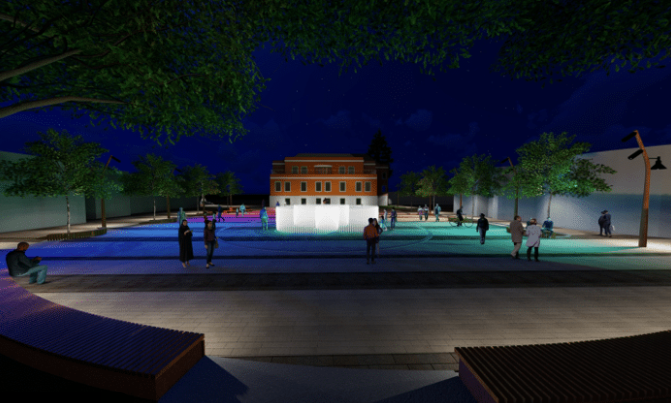City’s ongoing investment prioritizes aging infrastructure and coordinated upgrades across five zones
Port Coquitlam is rolling out another season of improvements under its long-standing Neighbourhood Rehabilitation Program, a key infrastructure initiative that targets aging roads and underground utilities across the city. With a carefully structured, zone-based approach, the city aims to modernize critical infrastructure while balancing budgets and responding to community needs.
Targeted Upgrades Guided by Data and Geography
Each year, Port Coquitlam allocates significant capital funding to restore and upgrade infrastructure within one of five defined “neighbourhood” zones. This rotational system ensures that improvements are geographically distributed over time, allowing the city to deliver infrastructure renewal in an efficient and cost-effective manner.
Within each zone, the selection of paving and underground utility projects—such as drainage, sanitary, and water systems—is driven by a combination of technical assessments and budget availability. Roads are prioritized based on pavement condition ratings, while the need for underground work is determined through analyses of system capacity and condition. These overlapping improvements are intentionally bundled to save costs, minimize disruption, and prevent the need to dig into freshly paved roads.
Balancing New Infrastructure with Rehabilitation Needs
While the program’s core mission is to replace aging assets, there’s also growing community interest in adding new infrastructure—such as sidewalks, pedestrian safety features, and streetlights—during the course of these major construction projects.
The City, however, must weigh such additions carefully. New infrastructure may seem like a logical add-on during active rehabilitation, but unplanned expansions can quickly erode the budget meant for essential upgrades. This tradeoff could result in fewer overall improvements in a given neighbourhood.
To manage this balance, the City evaluates new infrastructure requests against specific criteria:
Priority projects already identified in approved capital programs—such as pedestrian safety enhancements or traffic calming—are given greater consideration.
Curbs are upgraded from extruded asphalt or older concrete to new concrete curb and gutter systems where appropriate.
New curbs may also be added if a storm sewer system already exists, since this adds only incremental cost.
Storm sewer upgrades, due to their high cost and complexity, are assessed independently. If current drainage service is deemed sufficient, these upgrades are generally postponed to preserve budget capacity for broader rehabilitation work.
Long-Term Planning with Community in Mind
The Neighbourhood Rehabilitation Program represents more than just roadwork—it’s a strategic investment in the city’s long-term livability and sustainability. By coordinating upgrades to surface and underground infrastructure, Port Coquitlam is working to extend the life of its systems while addressing today’s public safety and mobility needs.
Residents interested in seeing which projects are currently underway or upcoming can visit the Capital Projects page on the City’s official website. Additional details about sidewalk improvements and traffic calming initiatives are also available online.
Looking Ahead
As infrastructure ages and demands continue to grow, programs like this one will play an increasingly vital role in shaping the future of Port Coquitlam's neighbourhoods. The City’s methodical, data-driven approach ensures residents benefit from smarter planning and minimized disruptions.
Curious how these upgrades might affect your street or neighbourhood? We’re keeping a close eye on local infrastructure developments to help our clients and community stay ahead of the curve. Want to be one of them?

